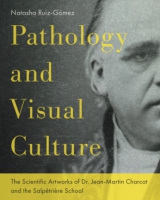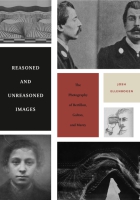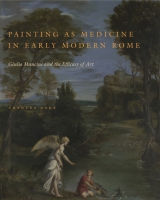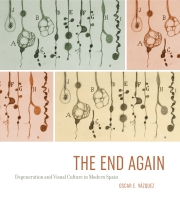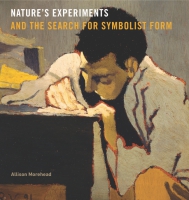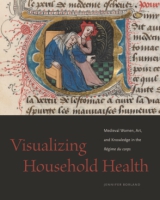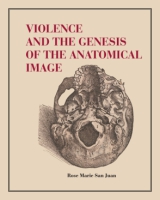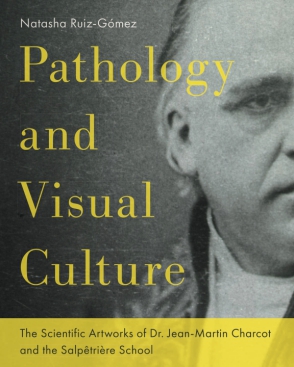
Pathology and Visual Culture
The Scientific Artworks of Dr. Jean-Martin Charcot and the Salpêtrière School
Natasha Ruiz-Gómez
Pathology and Visual Culture
The Scientific Artworks of Dr. Jean-Martin Charcot and the Salpêtrière School
Natasha Ruiz-Gómez
“A fascinating and important book that contributes to the histories of art and science, as well as to the medical humanities. Ruiz-Gómez’s deeply researched book uncovers a wealth of forgotten information and imagery.”
- Description
- Reviews
- Bio
- Table of Contents
- Sample Chapters
- Subjects
Grounded in extensive archival research, Pathology and Visual Culture targets an international audience of historians and students of art, visual culture, medicine, and the medical humanities. It will also captivate neurologists and anyone interested in fin-de-siècle French history and culture.
“A fascinating and important book that contributes to the histories of art and science, as well as to the medical humanities. Ruiz-Gómez’s deeply researched book uncovers a wealth of forgotten information and imagery.”
“This is a fascinating and stimulating analysis of several focused aspects of some scientific artworks of the Salpêtrière School that raises many intriguing questions and areas for futher exploration, discussion, and debate.”
“Ruiz-Gómez presents a commendable study, situated within the fields of art history and visual culture, on how the scientific artworks trouble the binary between science and art, objectivity and aesthetic, and forwards an interpretation of the artworks that considers how the clinician and/or artist negotiated an interest in pursuing both ‘medical objectivity and artistry.’”
“Many of the works reproduced in Pathology and Visual Culture are profoundly unsettling, and yet it is difficult to turn away from the pain and vulnerability they convey. Such images render it all the more imperative to ask: what do we, as readers and viewers of these representations, owe these subjects? How do we mitigate the inevitable voyeurism entailed in recounting this history? Pathology and Visual Culture’s retelling of these stories is perhaps all the more powerful because it does not and cannot answer these questions, which continue to resonate long after the reader has turned the last page.”
“A seminal and groundbreaking study that is a unique and unreservedly recommended addition to personal, professional, medical school, and college/university library History of Medicine collections and supplemental curriculum studies lists—as those with an interest in French medical history and human figure art.”
“Pathology and Visual Culture is the first study to deeply engage with the range of visual productions of the Salpêtrière School. This welcome book brings much overdue attention to material hardly or not at all mentioned by the many scholars–art historians, visual culture specialists, and historians of science and medicine–who have concentrated on the painted and photographic representations of hysteria directed by Charcot.”
Natasha Ruiz-Gómez is Senior Lecturer in Art History in the School of Philosophical, Historical, and Interdisciplinary Studies at the University of Essex.
List of Illustrations
Acknowledgments
Introduction: Clinicians and Artists
1. Curating Pathology at the Musée Charcot
2. The Art of Retouching at the Salpêtrière
3. The Ataxic Venus: Between Portrait and Specimen
4. Paul Richer, Sculpting Pathology
Coda: The Salpêtrière at the École des Beaux- Arts
Notes
Bibliography
Index
Download a PDF sample chapter here: Introduction
Mailing List
Subscribe to our mailing list and be notified about new titles, journals and catalogs.
